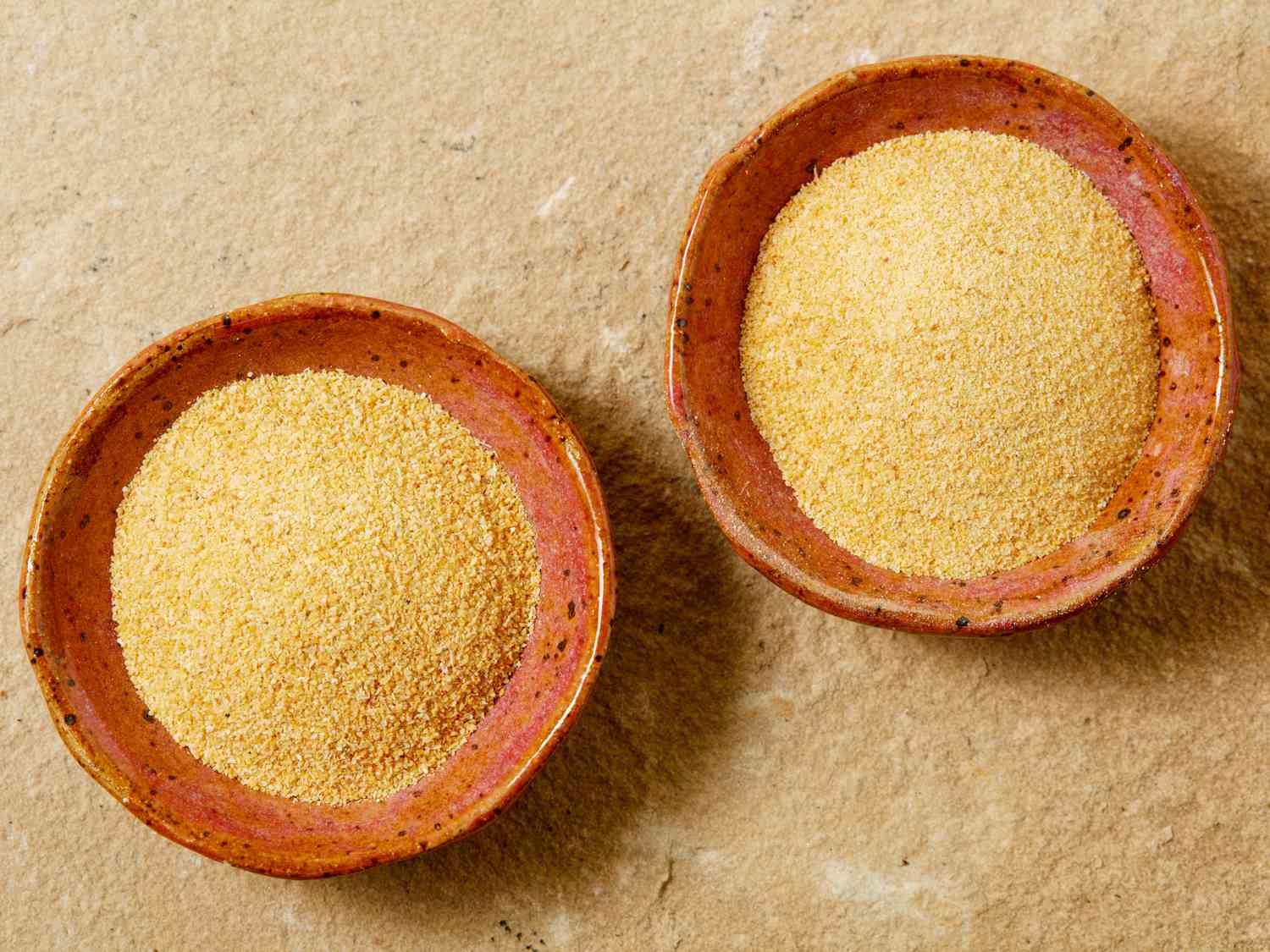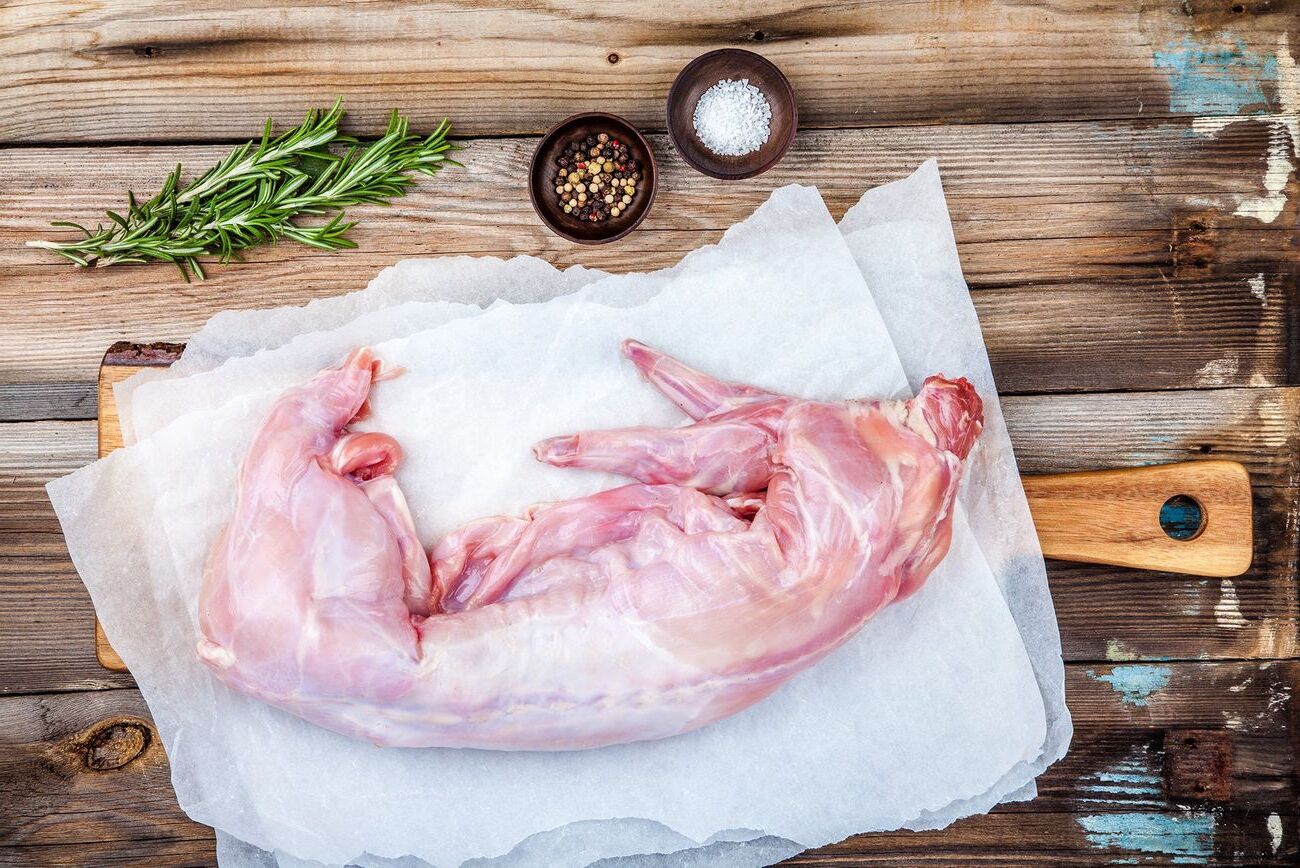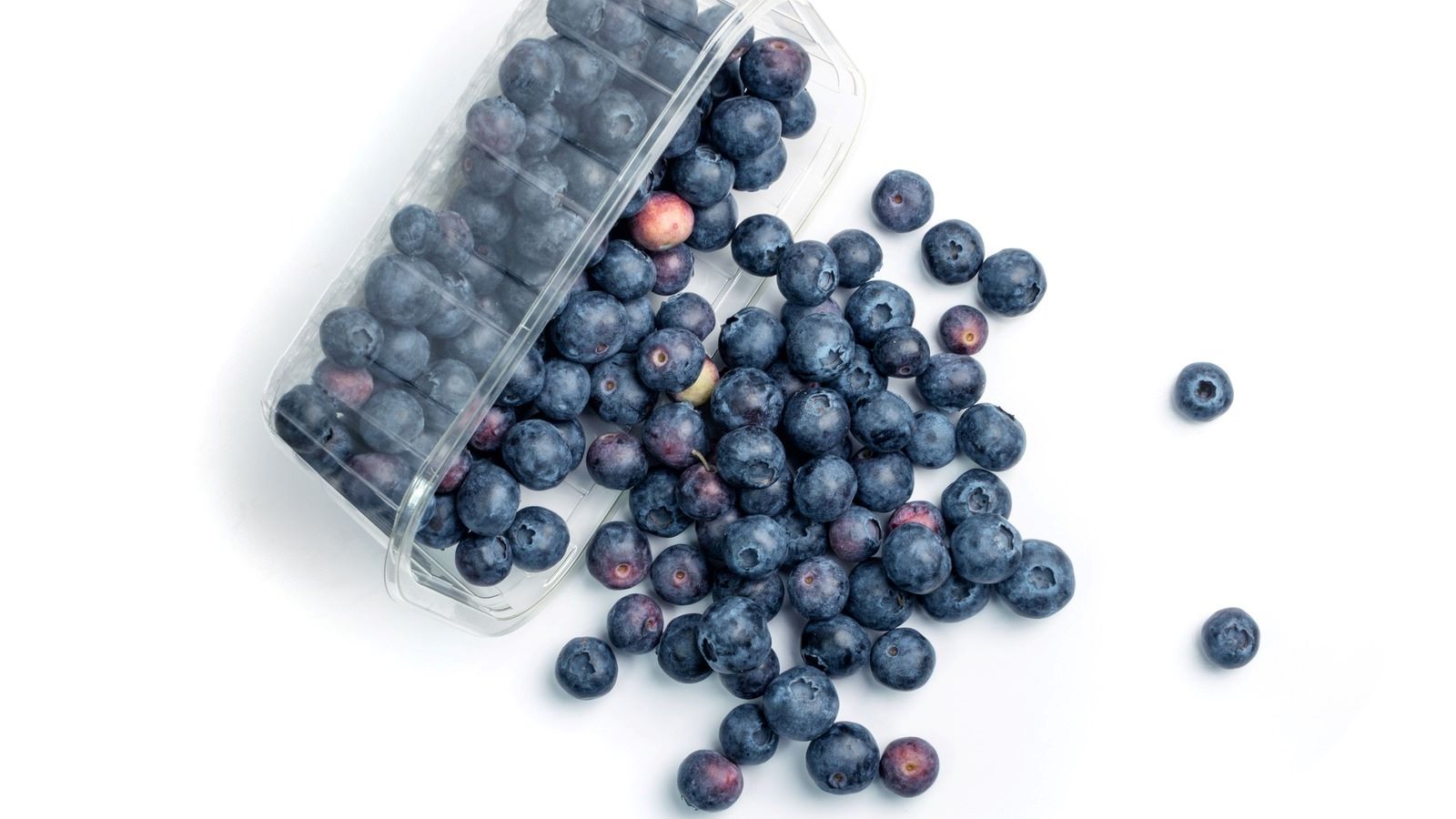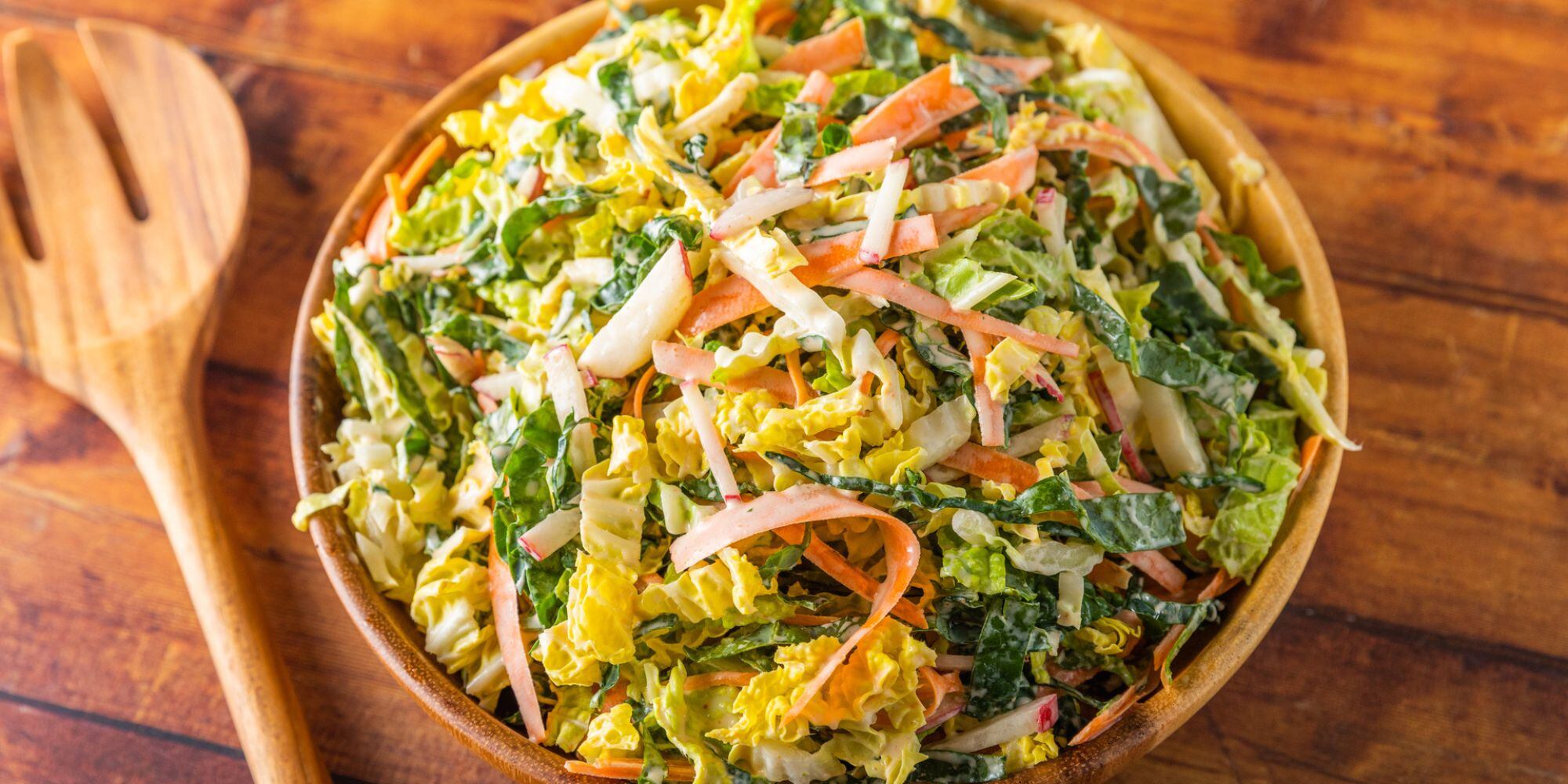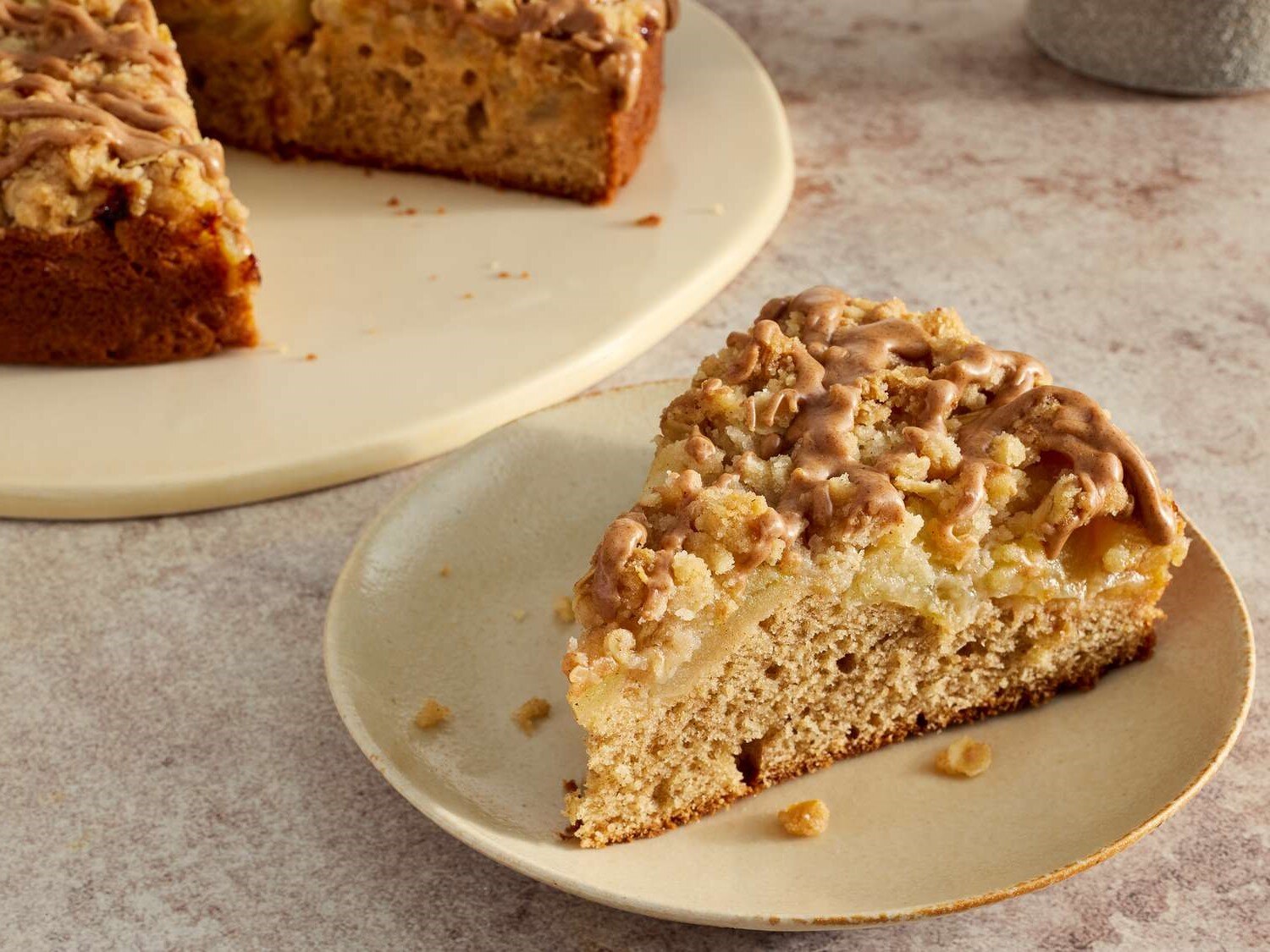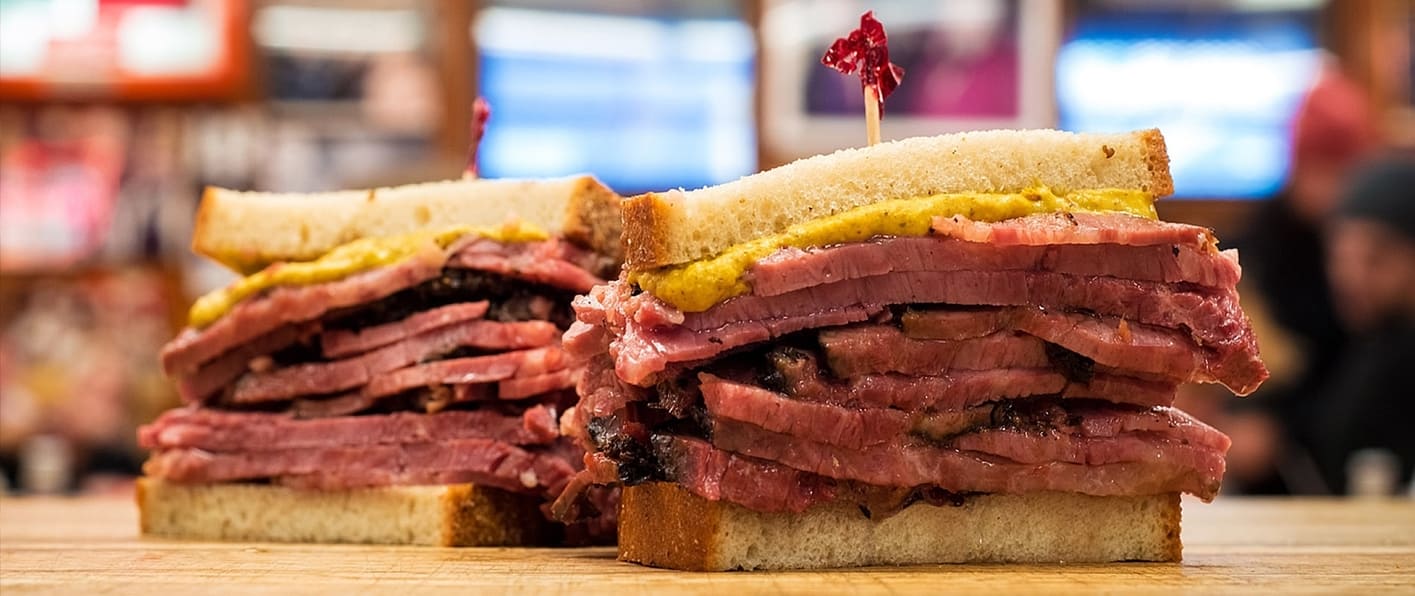Understanding the Difference Between Dried Sage and Ground Sage
When it comes to cooking and seasoning, herbs play a crucial role in enhancing the flavor and aroma of dishes. Two popular forms of sage that are commonly used in cooking are dried sage and ground sage. While they both come from the same herb, there are distinct differences between the two that can impact the outcome of your culinary creations.
Dried Sage
Dried sage is the herb that has been harvested and then dried to remove the moisture content. This process helps to preserve the flavor and aroma of the herb, allowing it to be stored for longer periods without losing its potency. Dried sage is commonly found in whole leaf form or crumbled into smaller pieces.
- Dried sage retains its flavor and aroma for a longer period
- It is available in whole leaf or crumbled form
- Commonly used in slow-cooked dishes such as stews and roasts
- It can be used as a garnish for visual appeal
Ground Sage
Ground sage, on the other hand, is the dried herb that has been finely ground into a powder. This form of sage is more concentrated in flavor and is often used in recipes where a smoother texture is desired or when the herb needs to be evenly distributed throughout the dish.
- Ground sage has a more concentrated flavor
- It is in powder form, making it easier to mix into dishes
- Commonly used in recipes such as sausage, meatloaf, and stuffing
- It can be added to sauces and dressings for a consistent flavor
Key Differences
While both dried sage and ground sage come from the same herb, their differences lie in their form, texture, and intensity of flavor. Dried sage is more suitable for dishes that require longer cooking times, such as slow-cooked stews and roasts, while ground sage is ideal for recipes that call for a smoother texture and a more concentrated flavor.
It’s important to consider the specific requirements of your recipe when choosing between dried sage and ground sage. Understanding their unique characteristics can help you make the right choice to achieve the desired flavor and texture in your dishes.
Conclusion
In summary, the difference between dried sage and ground sage lies in their form, texture, and intensity of flavor. Both forms of sage have their own distinct uses in cooking, and understanding these differences can help elevate your culinary creations to new heights.
Whether you opt for the visual appeal of dried sage in its whole leaf form or the concentrated flavor of ground sage, incorporating this versatile herb into your cooking can add depth and complexity to your dishes.
Next time you reach for sage in your spice cabinet, consider the form that best suits your recipe, and let the unique characteristics of dried sage and ground sage enhance the flavors of your culinary creations.
Was this page helpful?
Read Next: What Is Sorbetto?
